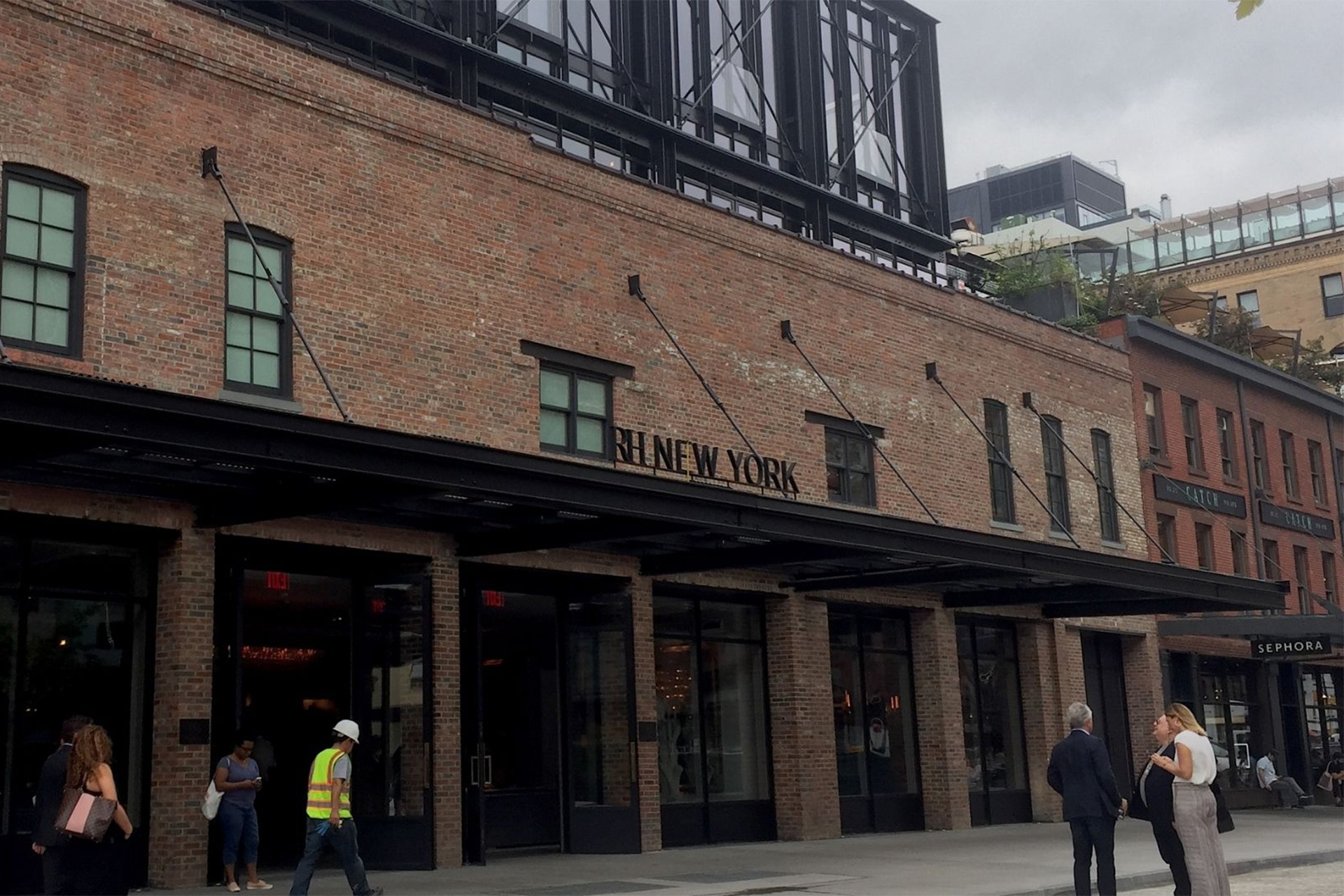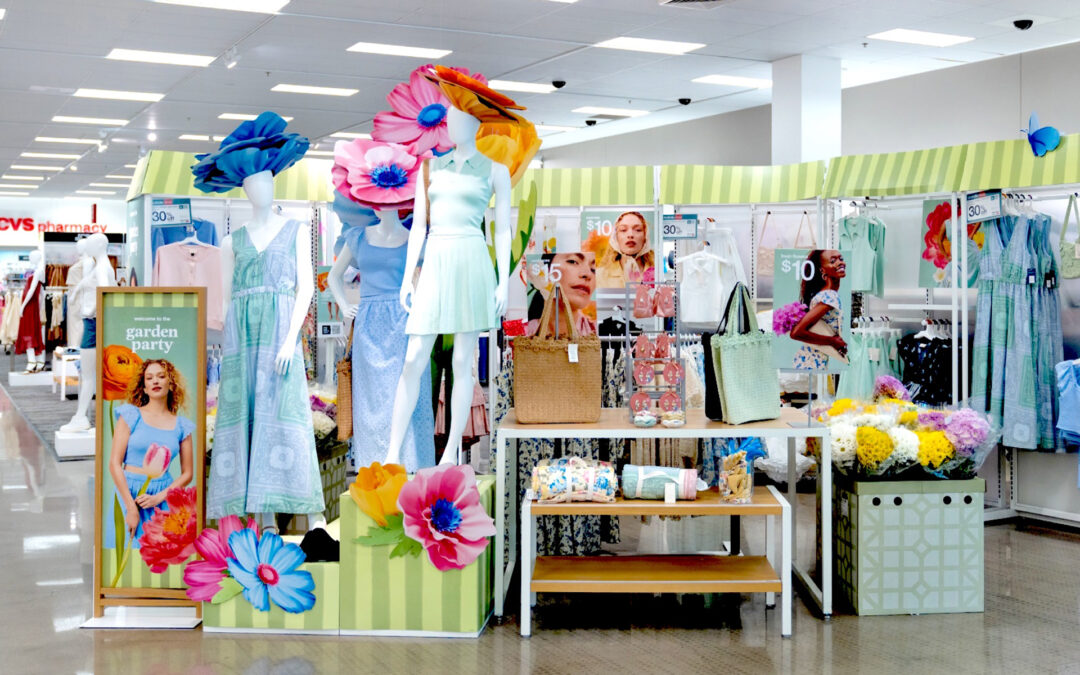Despite a marketplace still feeling the effects of the COVID-19 pandemic, Restoration Hardware continued to recover and move ahead in the second quarter.
Net income was $226.7 million, or $7.09 per diluted share, versus $98.4 million, or $3.71 per diluted share, in the year-prior period, the company reported.
Adjusted net income was $251.6 million, or $8.48 per diluted share, versus $123 million, or $4.90 per diluted share, in the year-earlier quarter.
A Yahoo Finance-published analyst average estimate for adjusted diluted earnings per share was $6.48 while the revenue estimate was $975.5.
Revenues were $988.9 million versus $709.3 million in the period a year before, RH noted. Operating income was $249 million versus $136.6 million in the period a year previous, the company stated, and adjusted operating income was $262.7 million versus $154.9 million.
In a letter to shareholders, RH chairman and CEO Gary Friedman wrote, “We believe the data and current trends support the argument of a more long-term and sustainable step change in consumer spending on the home. An important point to consider when analyzing the strong demand in the housing market is the migration of consumers to larger suburban and second homes. This trend is resulting in substantial square footage growth that is driving increased furniture and furnishings demand. Add to that, historically low interest rates, a record stock market and the reopening of several large parts of the economy, and elevated spending on the home could have a very long tail.”
Friedman also stated, “Based on the continued strength of our business and the power of our operating model, we are once again raising our outlook for fiscal 2021. We now expect revenue growth of 31% to 33% versus our prior outlook of 25% to 30% and adjusted operating margin in the range of 24.9% to 25.5%, versus our prior outlook of 23.5% to 24.3%. We are also raising our ROIC outlook for the year to 70% versus our prior outlook of 60%.
“Our demand growth has accelerated during the third quarter on a two-year basis and has continued to build momentum despite cycling the most difficult comparisons from a year ago and the continued supply chain challenges that have been amplified by the spread of the Delta variant.”





